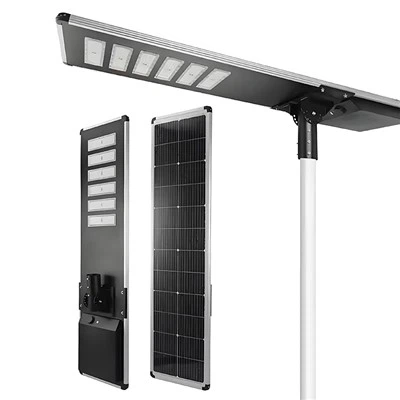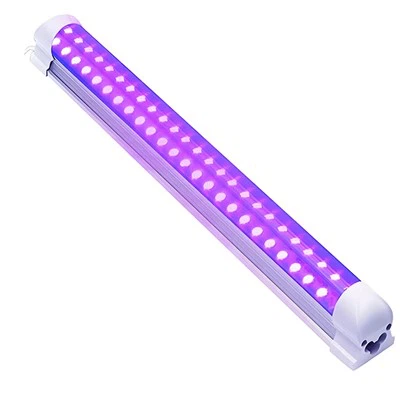Because LED lights offer so many benefits over conventional incandescent bulbs, they are becoming more and more common. They are long-lasting, economical, energy-efficient, and available in an array of hues and forms. But in some situations, LED lights may not be the greatest option. We'll talk about these regions and the reasons why shouldn't use LED lights in them in this post.
1. In fittings that are enclosed
When LED lights are used, heat is produced. Even while they don't create as much heat as conventional bulbs, they are still hot enough to present issues with enclosed fixtures. An LED bulb may burn out too soon if it is installed in a fixture without enough ventilation because of heat buildup. It may also result in melting or discoloration of the fixture itself. Consequently, it is best to avoid using LED lights in fixtures that are enclosed.
2. With dimming mechanisms
Dimming systems and LED lamps are not always compatible. An LED bulb may make buzzing or flickering noises if it is not designed to operate with a dimming system. It could also pause before turning on or off. This is due to the fact that the dimmer functions by lowering the current that passes through it, which may lead the lightbulb to behave differently than it would in a system without a dimming feature. Therefore, it's important to choose LED bulbs for dimming systems wisely.
3. In conditions with high temperatures
LED lights are sensitive to variations in temperature. They break down because their internal components start to degrade when they are subjected to high temperatures. LED bulbs lose efficiency and may even burn out in outdoor, industrial, or lithium battery manufacturing environments where temperatures may rise beyond 60 degrees Celsius. As a result, you should stay away from utilizing LED lights in places with high temperatures.
4. In places where light attracts insects
The blue light that LED lights create attracts flying insects, which is one of its drawbacks. LED lights have the potential to attract some bug species, which might be problematic for homeowners. LED lights should not be used in places where insects are a problem. As an alternative, you may use LEDs that are red or yellow, which are less appealing to insects.
5. In delicate settings
Like all electronics, LED lights produce electromagnetic radiation. Even though the radiation is so low, it may nevertheless cause interference for delicate electronic equipment in places like hospitals, airports, and military bases. It is advised to use bulbs with minimal electromagnetic radiation emissions or to stay away from using LED lights in these conditions.
To sum up, LED lights are a great substitute for conventional incandescent lights, but they aren't appropriate for every circumstance. It may be problematic to utilize them in sensitive situations, high-temperature regions, enclosed fixtures, dimming systems, and places where insects are drawn to light. As a result, it's crucial to choose the appropriate bulb for the job. You may take use of the many advantages of LED lights in this way without facing any drawbacks.
https://www.benweilighting.com/professional-lighting/led-tube-lighting/ip44-t8-led-tube-light.html







